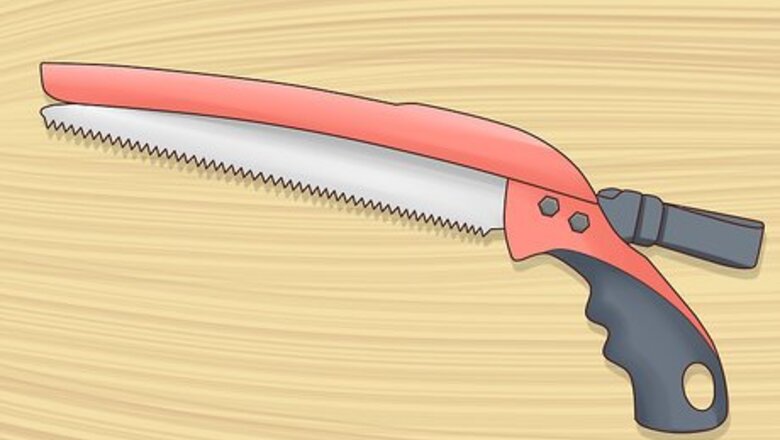
views
X
Research source
Getting the Right Tools

Purchase a handheld pruning saw. Handheld pruning saws are versatile enough to cut through small and large branches. Choose a sturdy model of saw with a comfortable grip, which will make it easier to use. Your saw blade should be thick and have sharp teeth that will cut through branches easily.
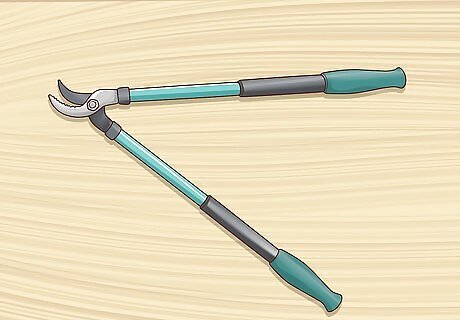
Purchase loppers. Loppers are a type of scissors, and they can effectively cut branches that are around 2 inches (5.1 cm) in diameter or smaller. A sharp pair of loppers should allow you to easily cut through most branches on your Nyssa Sylvatica tree(s). Use caution when using loppers while standing on a ladder.
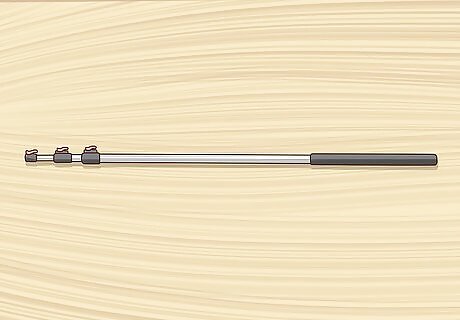
Buy a pruning pole. A pruning pole is a pruning saw attached to a long, sturdy pole, allowing you to tackle far reaching branches. Look for a model with an adjustable grip to ensure that you will be able to use it comfortably. Pruning poles should only be used to cut branches that you cannot reach with a handheld pruning saw.
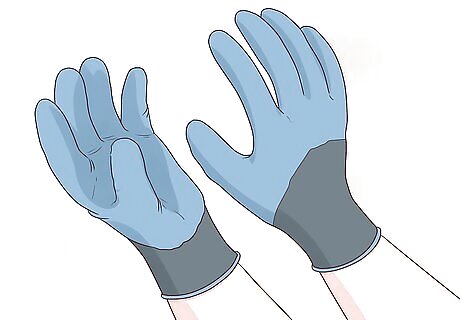
Wear thick, protective gloves. When pruning your tree, always wear work gloves to prevent your hands from sharp edges or harm from your cutting tools. Look for thick leather gloves designed for hard labour. Visit a hardware store or look online for a suitable pair .
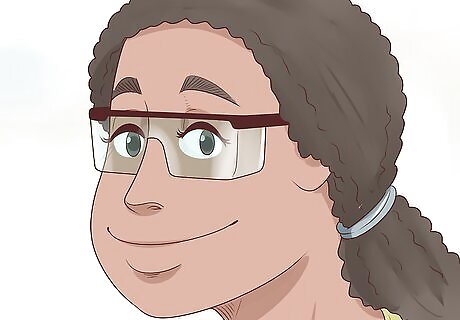
Put on protective eyewear. While you are pruning a tree, little bits of debris and wood are likely to fly up and may cause eye injury. Always put on protective safety goggles before pruning and make sure that they are securely attached. Choose a model of goggles that have side shields to prevent debris from flying under the lenses. Purchase safety eyewear online or at a hardware store.
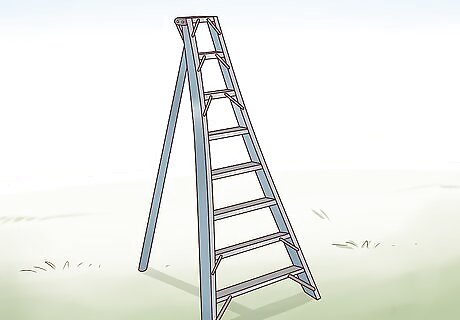
Use a three-legged ladder. The best type of ladder to use when pruning a Nyssa Sylvatica tree is an aluminum, three-legged ladder (also known as an "orchard ladder".) This model will provide better stability on uneven ground than other types of ladder, making it a safer choice. Buy a taller model of ladder, as three-legged aluminum ladders generally range from six to sixteen feet tall (approximately two to five meters tall). Orchard ladders may be purchased a local hardware store. For added security, have someone on the ground below to brace the ladder while you are pruning.
Removing Unwanted Branches
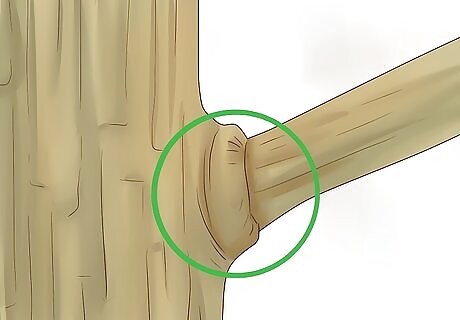
Locate the stem collar of the branch. Tree branches grow out of stems at different nodes of a tree. Stem collars are small lips of tissue that surround the connecting point between a stem and a branch. Locate the stem collar and make sure to cut the branch above it to protect the bark and stem that will be left behind.
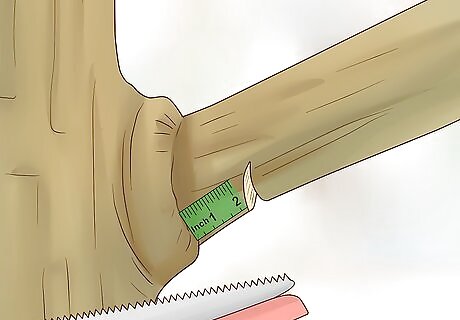
Make a small cut on the underside of the branch, above the stem collar. Make a wedge sized cut to the underside of the branch, and inch or two above the stem collar on the branch side. This cut will break the bark to prevent it from tearing past the stem collar and damaging bark on the remaining part of the tree. The cut should not go more than halfway through the branch.

Sever the end of the branch. Move an inch or two past the small, wedge-shaped cut you made, moving towards the end of the branch. Make a full cut through the branch, severing it. This should leave a stub end.
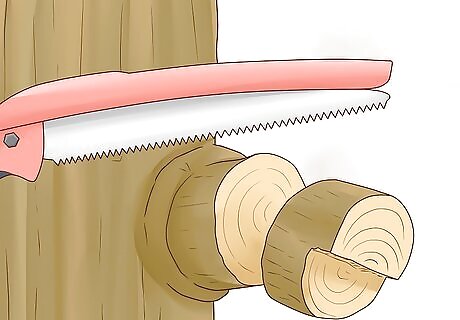
Make a final cut. Make one last cut to the stem, just above the stem collar on the branch side. Cut through the stem parallel to the other full cut you made to sever the branch. This cut should reduce the length of the stub as much as possible without harming the stem collar. Avoid leaving any stubs on your trees, as they can cause decay over time and damage the rest of the tree. They are also unsightly, especially in winter when your tree loses its leaves.
Determining if Your Tree Needs Pruning
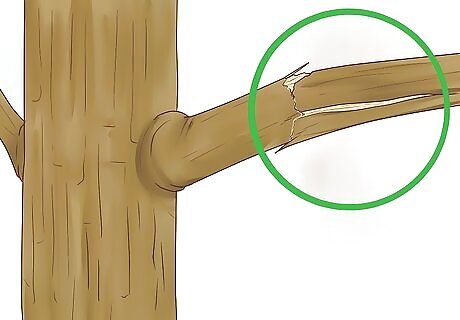
Look at the condition of the branches. Before deciding whether or not to prune your black gum tree, inspect its branches. Check for signs of splitting, particularly to larger branches. These should be removed immediately to prevent danger to people and property.

Check for crossed branches. Special care should be taking to remove crossed tree branches. Inspect your Nyssa Sylvatica tree for branches growing across each other and remove one of them. This will allow the remaining branch to grow properly and prevent two crossing branches from interfering with each other's growth, and the growth of surrounding branches.
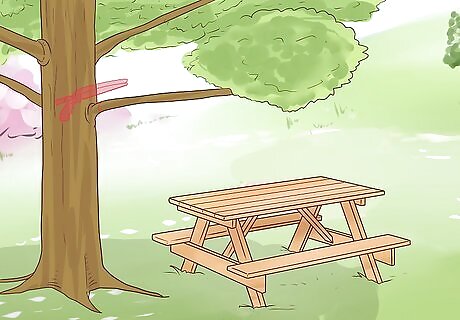
Determine the space you want to have below the tree. Nyssa Sylvatica trees do not require a lot of trimming as they are known for being shade trees. To create more space directly under trees, however, you can trim lower branches. Remove lower branches until the remaining branches create the kind of canopy effect you are aiming for. For instance, if you wish to place a picnic table under a Nyssa Sylvatica tree, remove lower branches until the lowest branches of the tree are approximately seven or eight feet above the ground.















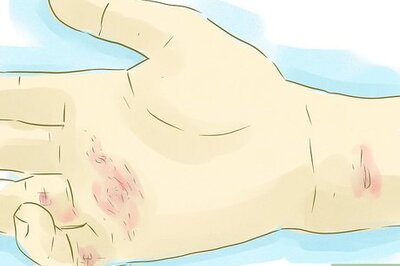

Comments
0 comment